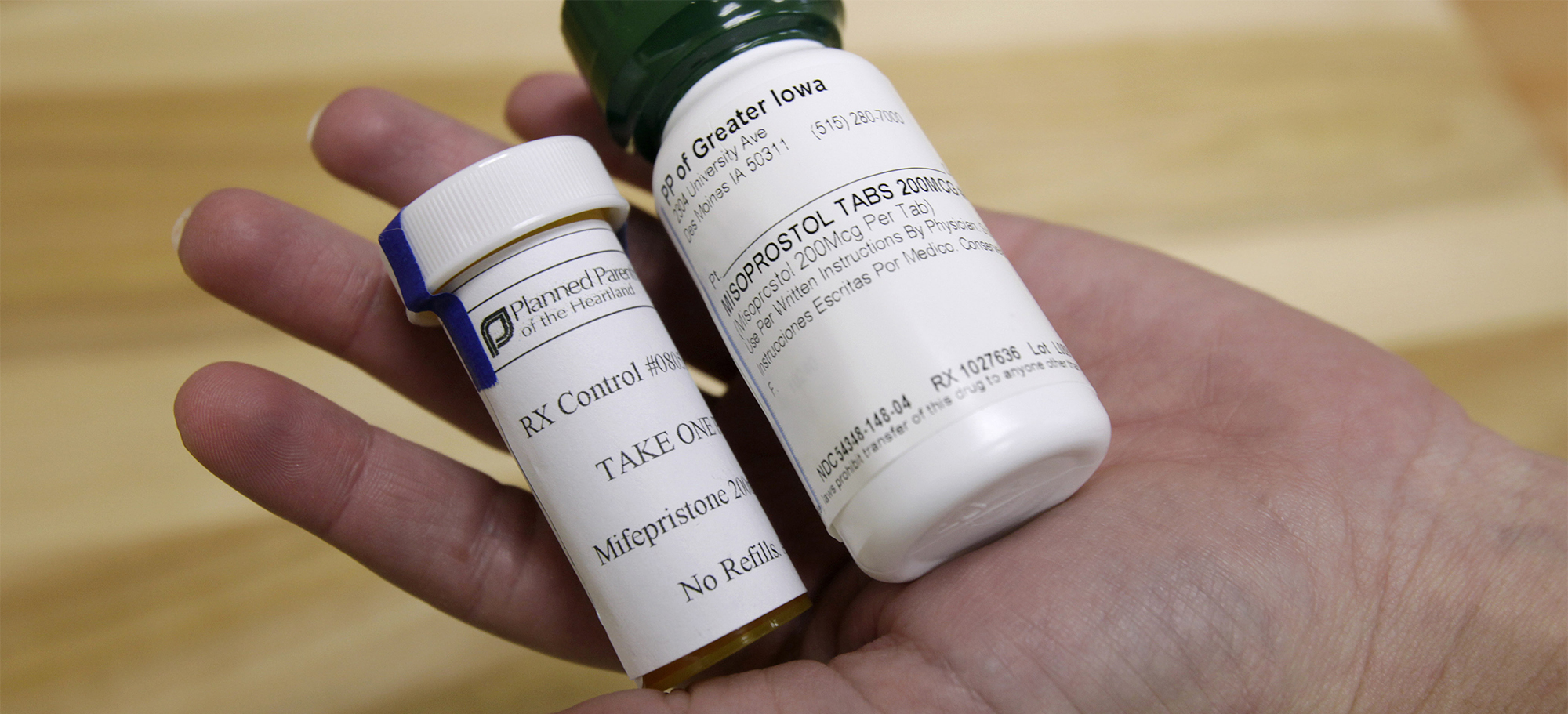Penna Dexter
Most people don’t know this, but roughly half of abortions performed today are not done surgically. They are chemical abortions. Last month the Food and Drug Administration officially made it much easier to procure such abortions.
The chemical abortion is approved to be used during the first 10 weeks of pregnancy. It involves a two-step process, which causes a miscarriage. The pregnant woman takes a drug called mifepristone, or RU-486. This drug serves to cut off the hormone progesterone which is required to sustain a pregnancy.
Within 24 to 48 hours, the woman will take a second set of pills — misoprostal. (The brand name is Cytotec.) These cause contractions. She will likely experience cramping and hemorrhaging which are often severe, and within a few hours to a few days, she’ll expel the baby — alone, in her bathroom.
The FDA operates a safety program for certain drugs that requires they only be dispensed by a qualified provider. This program also requires the drug be dispensed in certain healthcare settings, such as a clinic or hospital. Mifepristone is one of the drugs that must meet those conditions. But, last spring, in its efforts to contain the spread of COVID-19, the FDA stopped enforcing the in-person requirement. So, women are getting the abortion pill by mail and taking it alone.
Melanie Israel, who writes on abortion issues for The Daily Signal, points out that, without an ultrasound, the prescriber is unable to rule out ectopic pregnancy or precisely date a pregnancy. “The complication rate from abortion pills” she writes, “is four times that of a first-trimester surgical abortion.” One 13-year study shows a 500% increase in emergency room visits after chemical abortions. Plus, mail-order abortions provide greater opportunity for coercion by an abuser.
This risky situation was supposed to be temporary. But, in December, in response to demands by the abortion industry, the FDA formally ended the in-person requirement altogether.
The FDA just made abortion even more dangerous. 
 Listen Online
Listen Online Watch Online
Watch Online Find a Station in Your Area
Find a Station in Your Area









 Listen Now
Listen Now Watch Online
Watch Online
